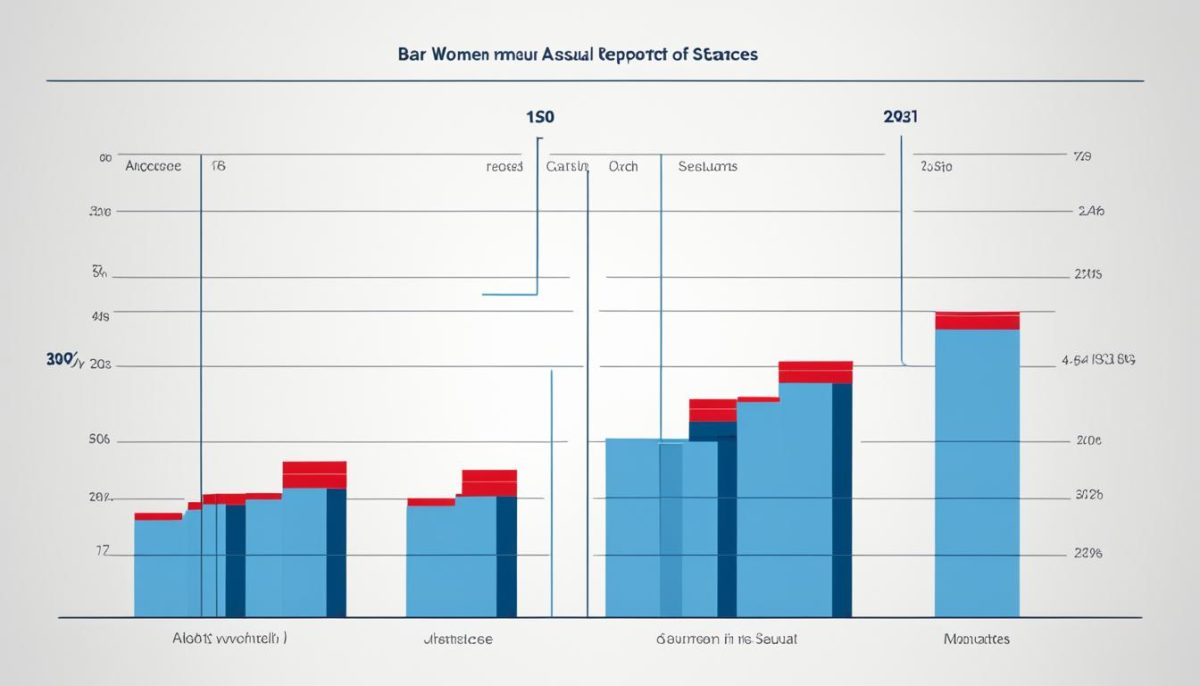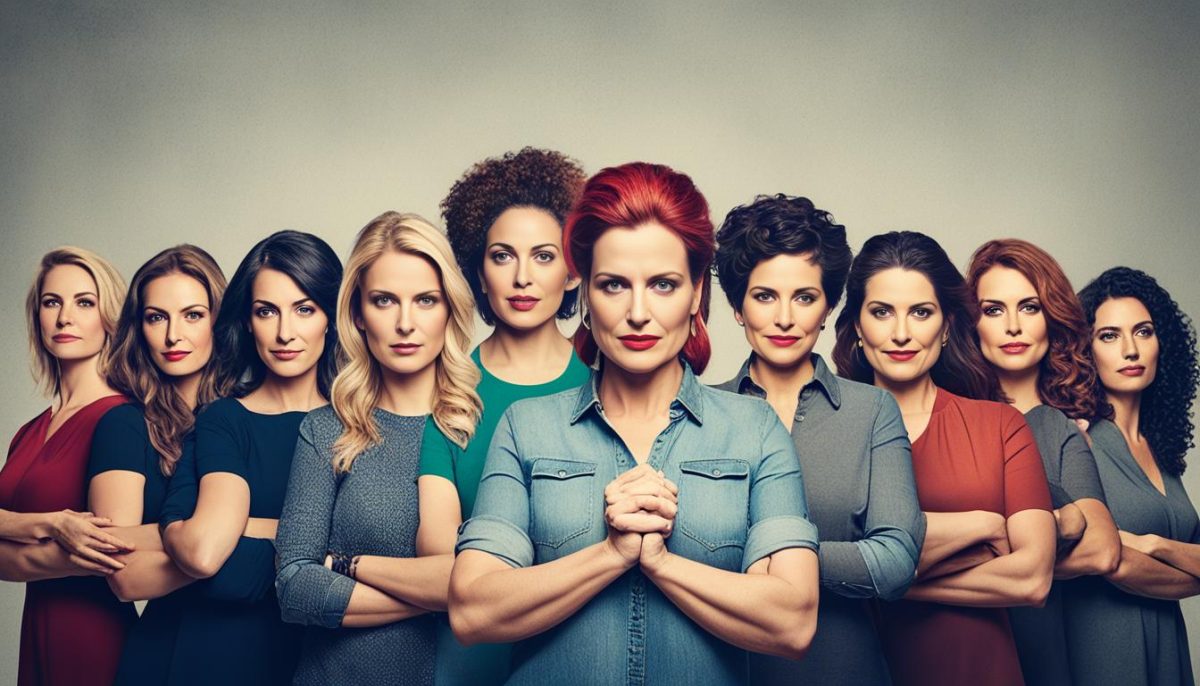Welcome to our enlightening exploration of the ‘war on women’ narrative and how it can be debunked. In this article, we aim to provide a deeper understanding of the complexities surrounding this controversial topic. By presenting compelling arguments and evaluating key statistics and data, we will shed light on the truth behind the ‘war on women’ rhetoric.
It is essential to approach this discussion with open minds and a balanced perspective. While gender inequalities persist and challenges remain, it is crucial to assess the narrative from multiple angles. We will delve into the origin and history of the ‘war on women’ and analyze how the term has been used in political discourse.
Our evaluation will not only focus on statistics and data related to women’s rights but also highlight the progress achieved in various aspects of gender equality. By doing so, we will challenge the oversimplified notion of a ‘war’ against women and provide a more nuanced understanding of the complex factors at play.
Join us on this journey as we explore the diversity of perspectives and narratives that contribute to a comprehensive understanding of the ‘war on women’ discourse. Together, we can debunk the myths and uncover the truth.
Understanding the Origin and History of the ‘War on Women’
The ‘war on women’ is a phrase that has gained significant attention in recent years. To truly analyze and evaluate this narrative, it is crucial to understand its origin and historical context. By comprehending the roots of this term, we can unravel the intricate complexities surrounding the ‘war on women’ rhetoric.
Originating in the late 20th century, the term ‘war on women’ entered the political lexicon to describe policies and practices that were believed to harm the rights and liberties of women. It gained widespread popularity during various political campaigns and advocacy movements, attracting media attention and public discourse.
The ‘war on women’ narrative gained momentum during the 2012 US presidential campaign, when it was used to criticize certain political platforms and positions that opponents argued threatened women’s rights.
While the ‘war on women’ narrative has undoubtedly sparked important conversations about gender equality and women’s rights, it is essential to critically analyze its historical usage. By examining the context in which it gained popularity, we can better understand the motivations behind its deployment in political discourse.
Throughout history, the struggle for gender equality and women’s rights has faced numerous challenges and setbacks. However, it is important to acknowledge the significant progress that has been made in advancing women’s rights globally. From suffragette movements to landmark legislation protecting reproductive rights, society has witnessed transformative changes in gender dynamics.
By evaluating the historical progression of women’s rights, we can gain valuable insights into the accuracy and impact of the ‘war on women’ narrative. It allows us to question the portrayal of a relentless ‘war’ against women and consider a more nuanced perspective that acknowledges the complexities of gender issues.
Understanding the origin and history of the ‘war on women’ is crucial to navigate the discourse surrounding gender equality effectively. It enables us to critically evaluate the validity and impact of this rhetoric, fostering a more informed and balanced understanding of the challenges facing women today.
Evaluating Statistics and Data on Women’s Rights
When it comes to understanding the progress and challenges in achieving gender equality, it is essential to analyze relevant statistics and data on women’s rights. By examining key indicators, such as educational attainment, workforce participation, and political representation, we can gain a more holistic view of the status of women’s rights and debunk the notion of a ‘war’ against them.
Educational Attainment
Access to education is a crucial factor in empowering women and promoting gender equality. Let’s take a look at some statistics:
| Women | Men | |
|---|---|---|
| Primary Education | 88% | 89% |
| Secondary Education | 76% | 78% |
| Tertiary Education | 43% | 46% |
These numbers clearly indicate that women have made significant progress in terms of educational attainment. In fact, the gender gap has narrowed, highlighting the advancements made in providing equal educational opportunities for both genders.
Workforce Participation
Being economically empowered is crucial for women to assert their rights and achieve equality. Let’s explore workforce participation rates:
“Investing in women’s employment drives economic growth and promotes gender equality.” – Christine Lagarde
| Women | Men | |
|---|---|---|
| Global Workforce Participation | 48% | 75% |
While these numbers indicate a gap between men and women in terms of workforce participation, it is important to recognize the progress made in recent years. Efforts to promote equal pay and provide supportive policies have contributed to increased opportunities for women in the workforce.
Political Representation
Political participation is a fundamental aspect of women’s rights and empowerment. Here are some statistics on political representation:
“When women do better, countries do better.” – Hillary Clinton
| Women | Men | |
|---|---|---|
| Global Political Representation | 25% | 75% |
While the numbers show a gender disparity in political representation, it is crucial to acknowledge the progress made in increasing the number of women in positions of power. Efforts to promote gender quotas and empower women in politics have resulted in significant advancements.
By evaluating these statistics and data on women’s rights, we can challenge the notion of a ‘war’ against women. While gender inequalities persist, it is important to recognize the progress made and work towards achieving true gender equality.

Balancing Perspectives: Debunking the ‘War on Women’ Narrative
In recent years, the term ‘war on women’ has gained significant traction, fueling intense debates and shaping public opinion. However, it’s essential to approach this narrative with a critical eye and consider alternative perspectives. Rather than accepting a simplistic ‘war’ framework, we must challenge the prevailing rhetoric and embrace a more nuanced understanding of the complexities surrounding gender issues.
Debunking the ‘war on women’ narrative involves recognizing the progress that has been made in advancing women’s rights. This includes acknowledging the efforts of numerous organizations, policymakers, and activists who have worked tirelessly to promote gender equality. While challenges and inequalities persist, it is crucial to avoid overshadowing the victories with an overarching ‘war’ narrative.
Moreover, it is essential to take into account the multifaceted factors that contribute to gender inequalities. By considering these complexities, we can move away from a one-dimensional understanding of women’s issues and engage in meaningful discussions about the systems and structures that perpetuate gender disparities.
Challenging the ‘war on women’ narrative does not undermine the legitimate struggles and obstacles faced by women worldwide. It instead encourages a broader and more inclusive conversation that recognizes the diversity of experiences and viewpoints. By embracing a balanced perspective, we can transcend the limitations of a ‘war’ narrative and strive for a more comprehensive understanding of gender equality.

